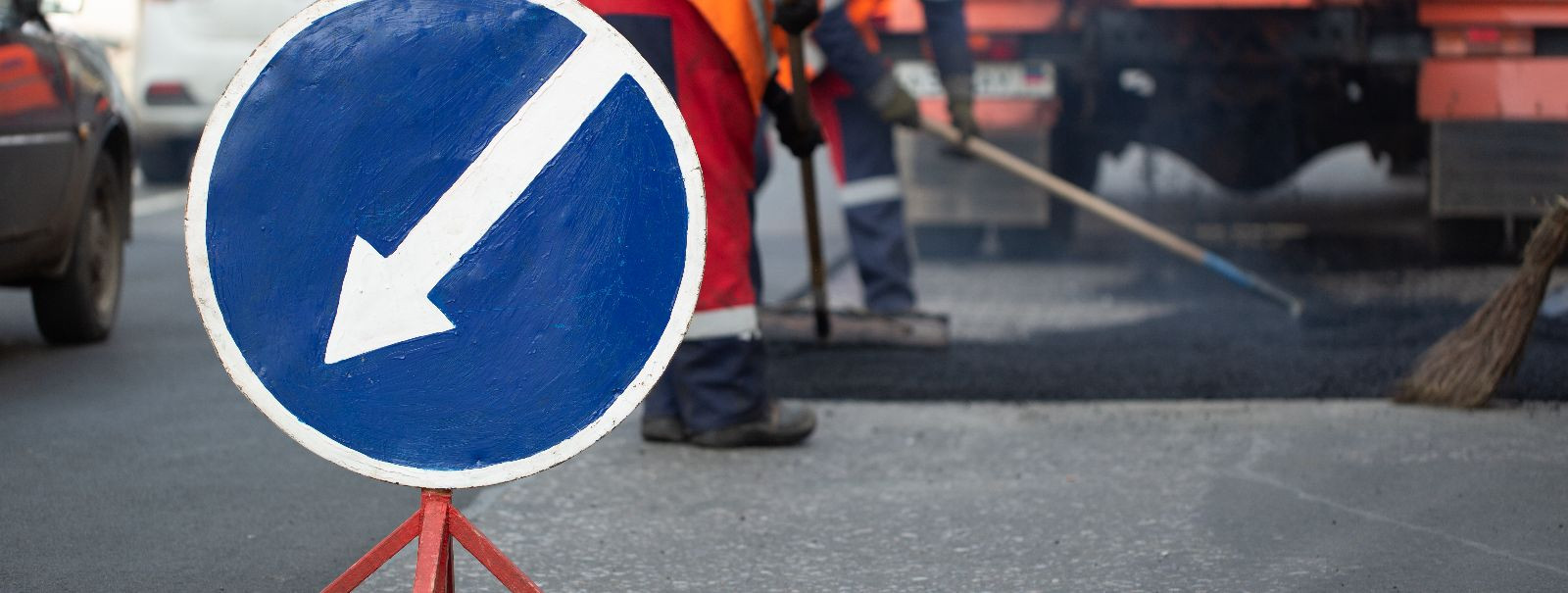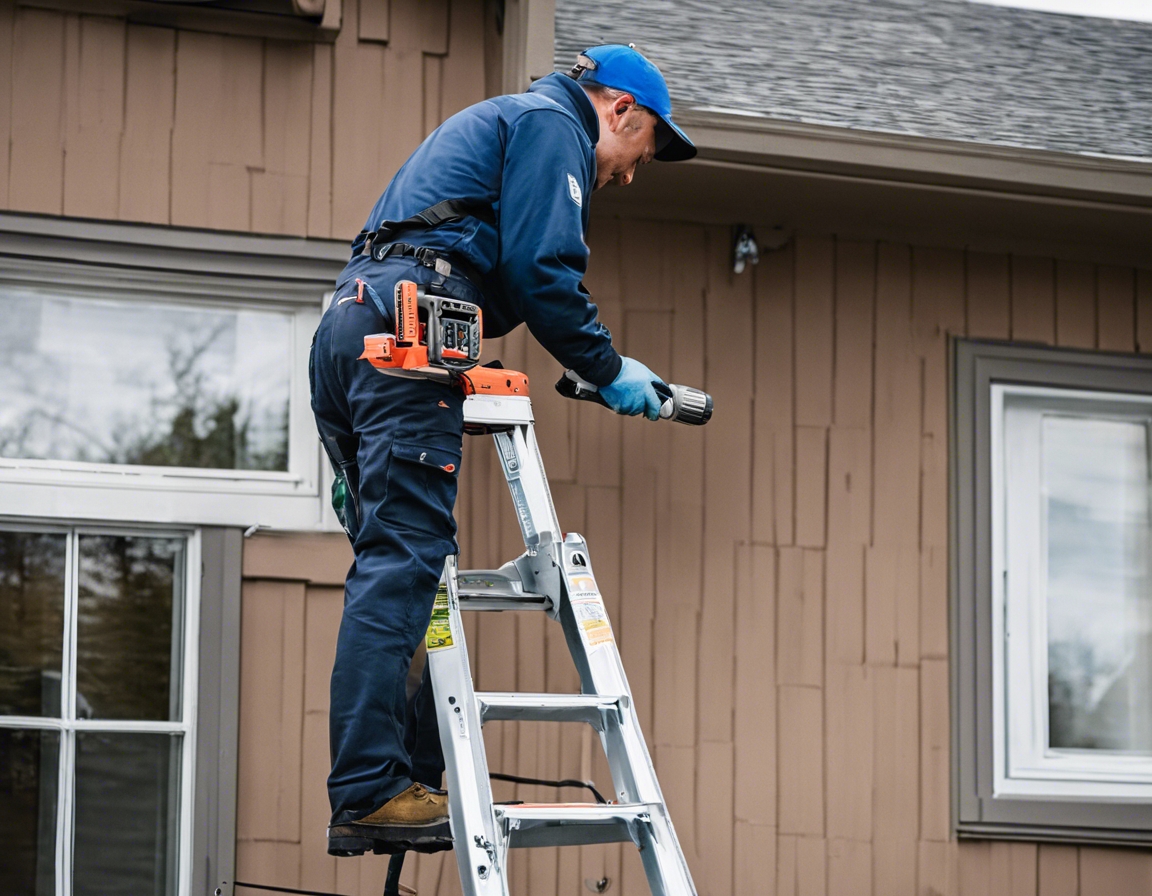5 essential road maintenance tips for safer travel
Road maintenance is a critical aspect of ensuring safe and efficient travel. Neglecting this responsibility can lead to hazardous conditions, increased accidents, and costly repairs down the line. In this post, we will explore five essential road maintenance tips that local government bodies, construction companies, property managers, and homeowners should implement to promote safer travel.
Understanding the Importance of Regular Road Maintenance
Poor road conditions are a significant factor in traffic accidents. Regular maintenance is crucial to prevent the development of hazardous situations such as potholes, worn road markings, and ineffective drainage systems, all of which can lead to accidents and injuries.
Investing in regular road maintenance not only ensures safety but also results in long-term cost savings. By addressing issues early, governments and organizations can avoid the higher costs associated with extensive repairs or complete road overhauls.
Tip 1: Regular Inspection and Monitoring
Regular inspections are the backbone of effective road maintenance. A routine schedule allows for the early detection of potential problems and timely interventions. This proactive approach helps in maintaining road quality and safety standards.
Advancements in technology, such as drones and sensors, can aid in the efficient monitoring of road conditions. These tools provide accurate data and can cover large areas quickly, ensuring that no issues go unnoticed.
Tip 2: Prompt Pothole Repairs
Potholes pose a significant risk to vehicles and their occupants. Identifying areas prone to pothole formation and addressing them promptly is essential for road safety.
There are various techniques for repairing potholes, ranging from temporary fixes to permanent solutions. The choice of method will depend on factors such as the size of the pothole, traffic volume, and weather conditions.
Tip 3: Effective Drainage Systems
Effective drainage systems are vital to prevent water accumulation on road surfaces, which can lead to hydroplaning and structural damage. Regular maintenance of these systems is necessary to ensure their proper functioning.
Maintaining drainage infrastructure involves clearing blockages, repairing damaged components, and ensuring that water can flow away from the road surface efficiently.
Tip 4: Skid Resistance and Surface Treatments
Skid resistance is an important property of road surfaces, especially in wet conditions. Regular assessments can help identify areas where skid resistance is compromised, prompting timely interventions.
There are various surface treatments available to improve skid resistance, such as high-friction surfacing and retexturing. These treatments can significantly enhance road safety, particularly in high-risk areas like curves and intersections.
Tip 5: Clear Roadway Markings and Signage
Clear and visible road markings are essential for guiding drivers and ensuring safe navigation. Regular repainting and cleaning of markings are necessary to maintain their visibility, especially at night or in adverse weather conditions.
Signage must be clear, well-placed, and conform to standards to be effective. Regular checks and maintenance are required to ensure that signs are visible, legible, and providing accurate information to road users.






Comments (0)